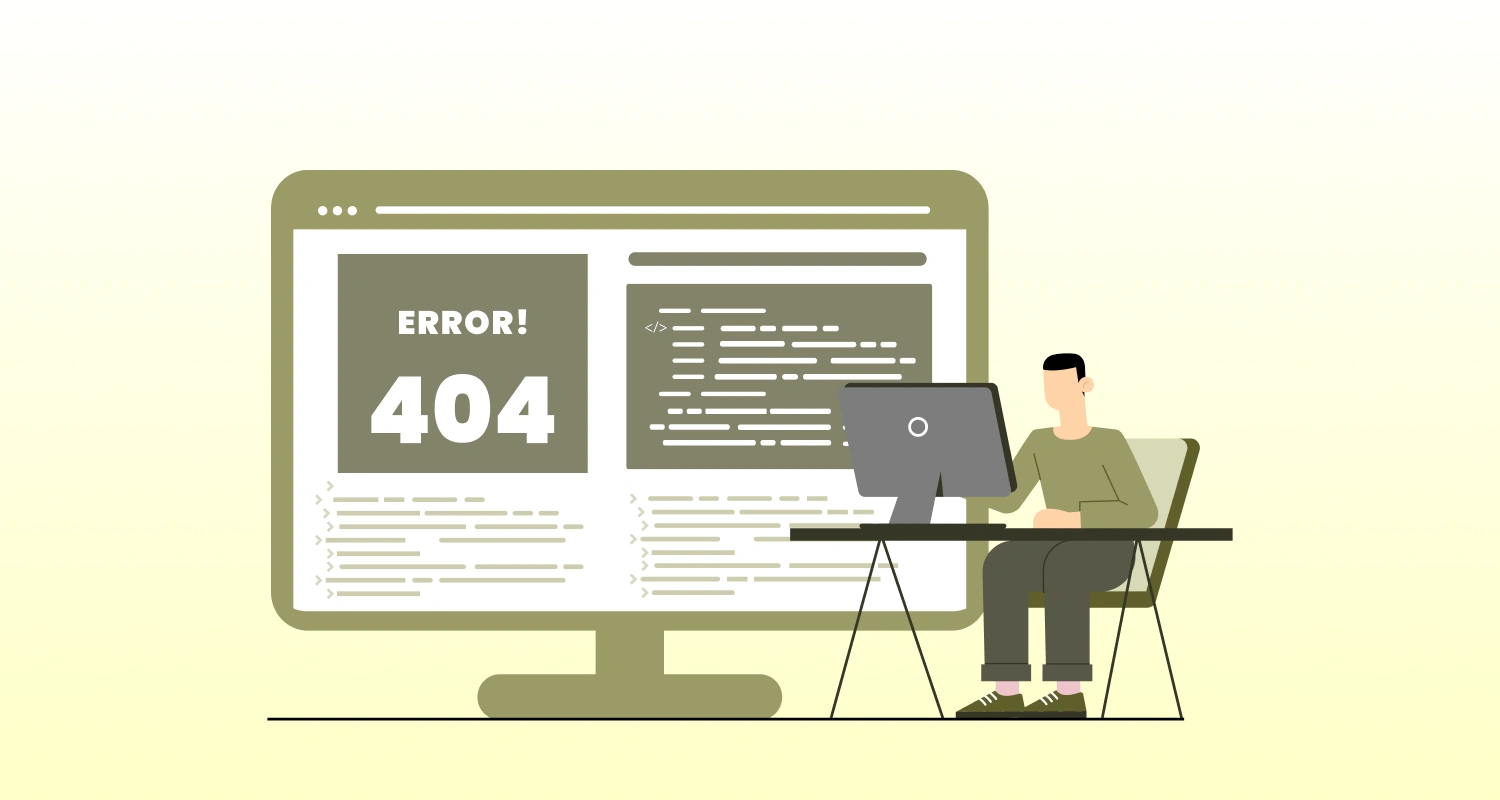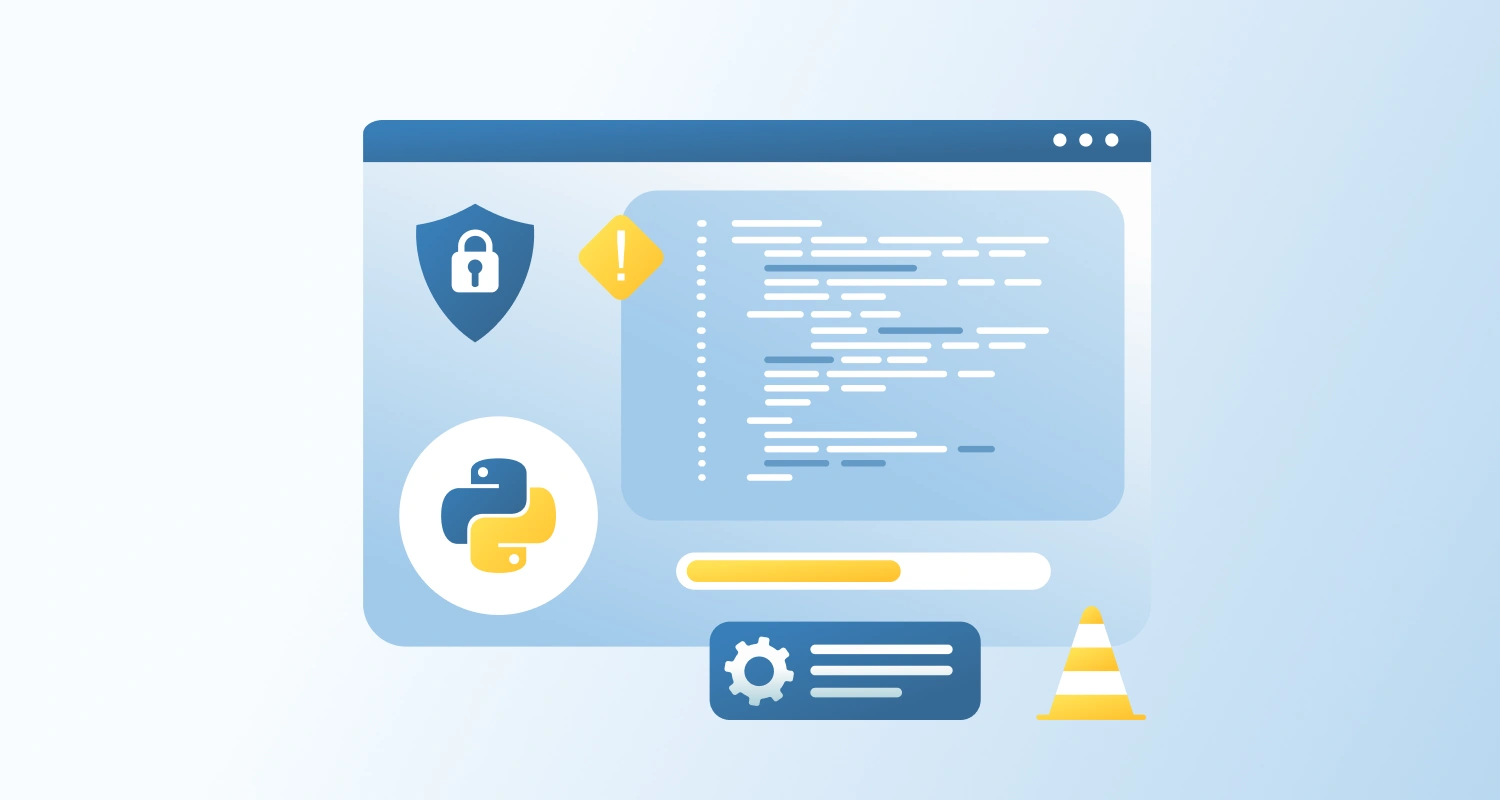WordPress hooks like actions and filters are some of the most powerful tools available to developers. They let you customize and extend your site without ever having to touch the WordPress core files. This means your changes are safer, easier to maintain, and more compatible with future updates.
What are Hooks in WordPress?
Actions allow users to run their code at different points in WordPress execution. This can be set up as action triggers for specific behaviour or responses of WordPress.
Filters can replace or modify data before presenting it to the user or saved in the database. They’re perfect for changing how something looks or behaves, without hacking into the original code.
Why Use Hooks?
Here are some solid reasons developers love hooks:
- Clean and Organized Code: Hooks help keep your custom functionality separate from WordPress core code. This separation makes your codebase easier to understand and maintain.
- Reusable Functions: You can reuse hook functions across different themes or plugins. This saves you time and effort when building multiple sites or features.
- Easy to Extend: Need to add a feature? Just hook it in. No need to modify core files, which also means you won’t lose your changes when updating WordPress.
- Flexible Customization: Hooks give you the control to customize different parts of your site exactly how you want, without interfering with existing content or layout.
- Better Compatibility: Since your code stays outside the WordPress core, it’s less likely to break with updates or conflict with other themes and plugins.
Real-World Examples
Example 1: Action Hook
Want to show a message in the footer of every page? You can hook into wp_footer:
php
function add_custom_message() { echo '<p>Thank you for reading!</p>';
}
add_action('wp_footer', 'add_custom_message');What this does: WordPress runs your function just before the </body> tag, displaying your message on every page.
Example 2: Filter Hook
Want to add a message to the end of blog posts? Use the the_content filter:
php
function modify_post_content($content) { if (is_single()) { $content .= '<p>Thank you for reading this post!</p>'; } return $content;
}
add_filter('the_content', 'modify_post_content');This code appends a custom message to the post content, but only when viewing a single post. It leaves other content untouched.
Final Thoughts
Using actions and filters in WordPress is a smart, scalable way to build custom functionality. They keep your code modular, reusable, and upgrade-safe all while giving you the power to shape WordPress into exactly what you need.
Let me know if you’d like this adapted for a blog, a tutorial video script, or something else!





